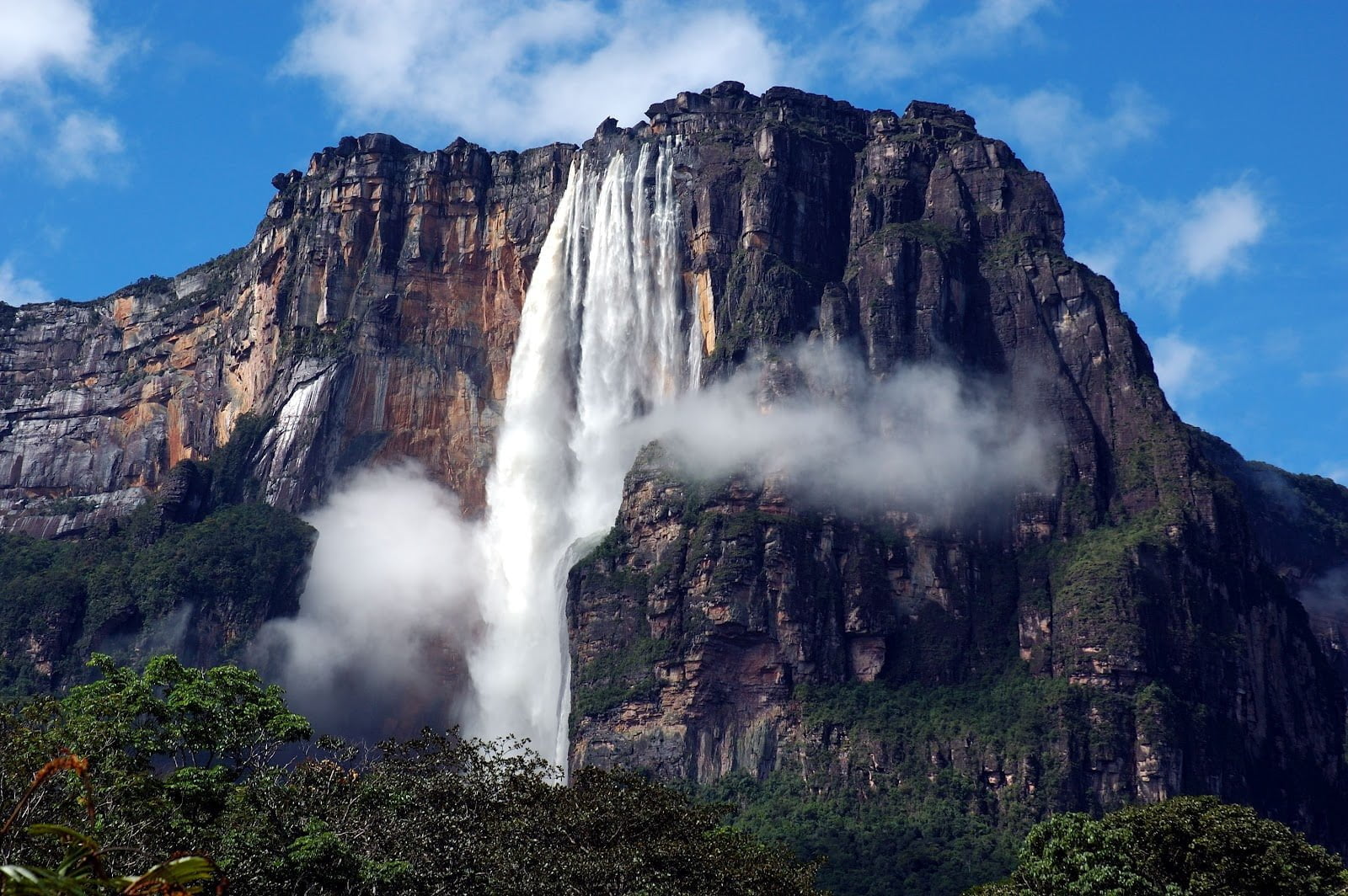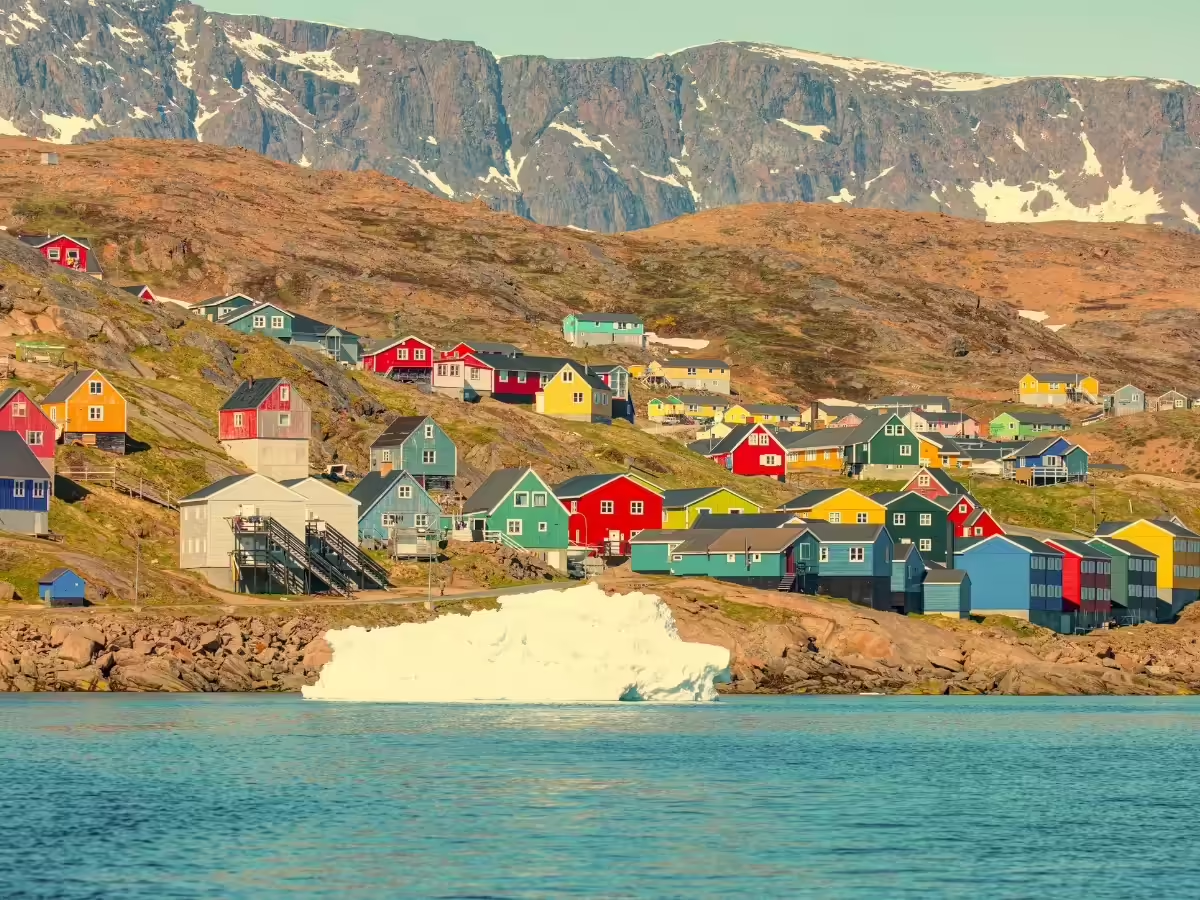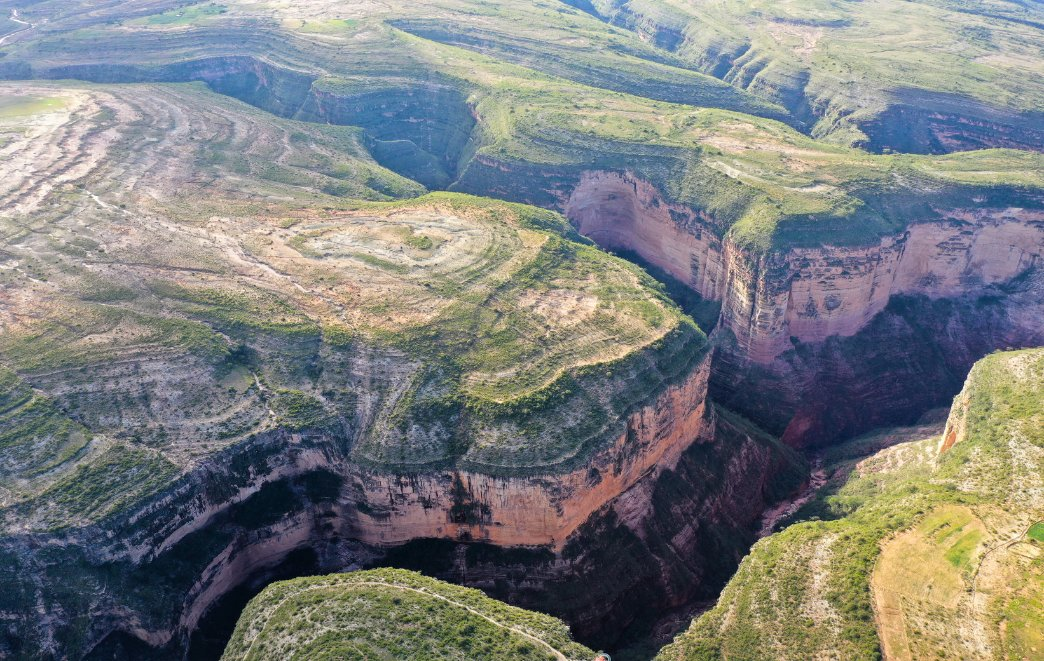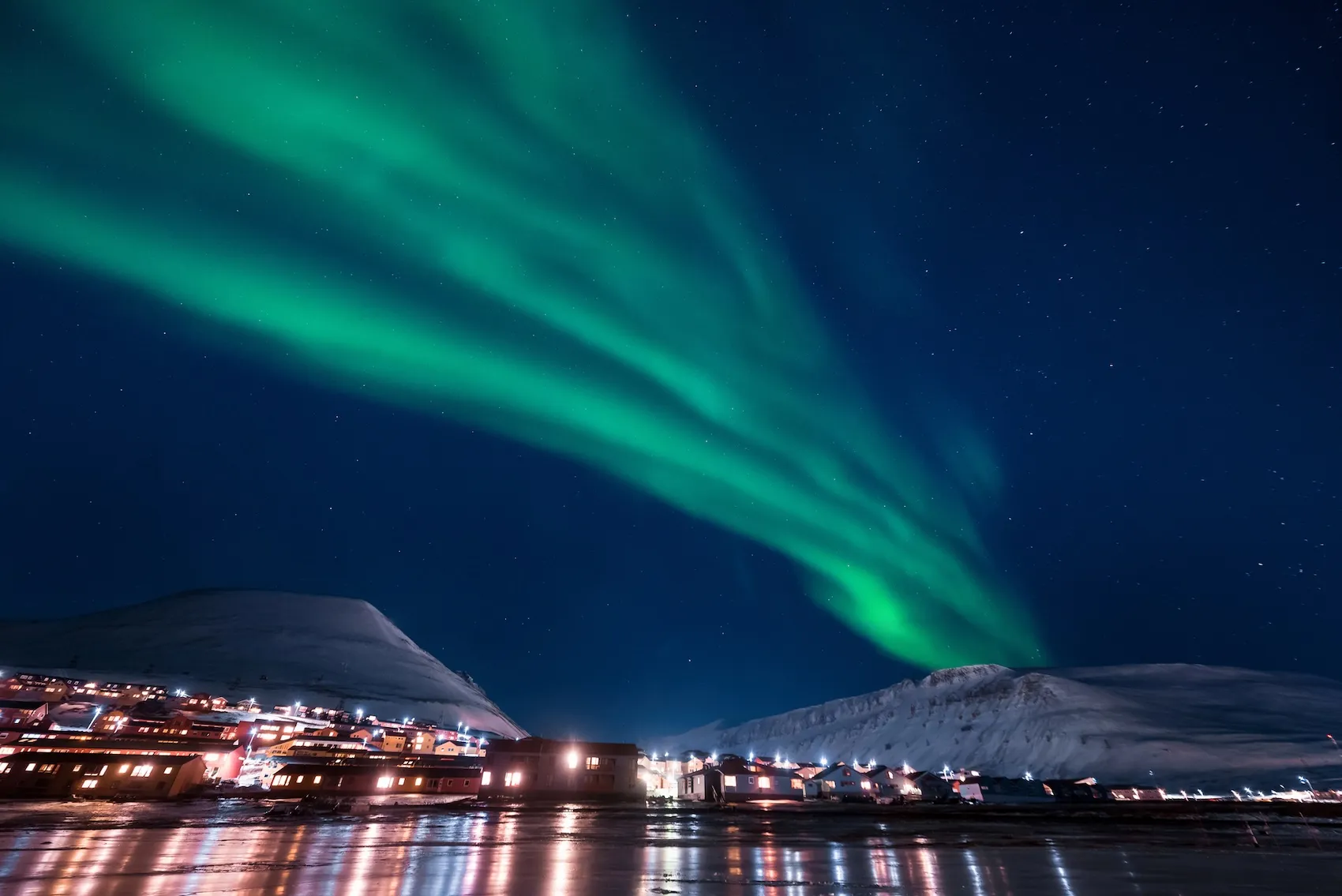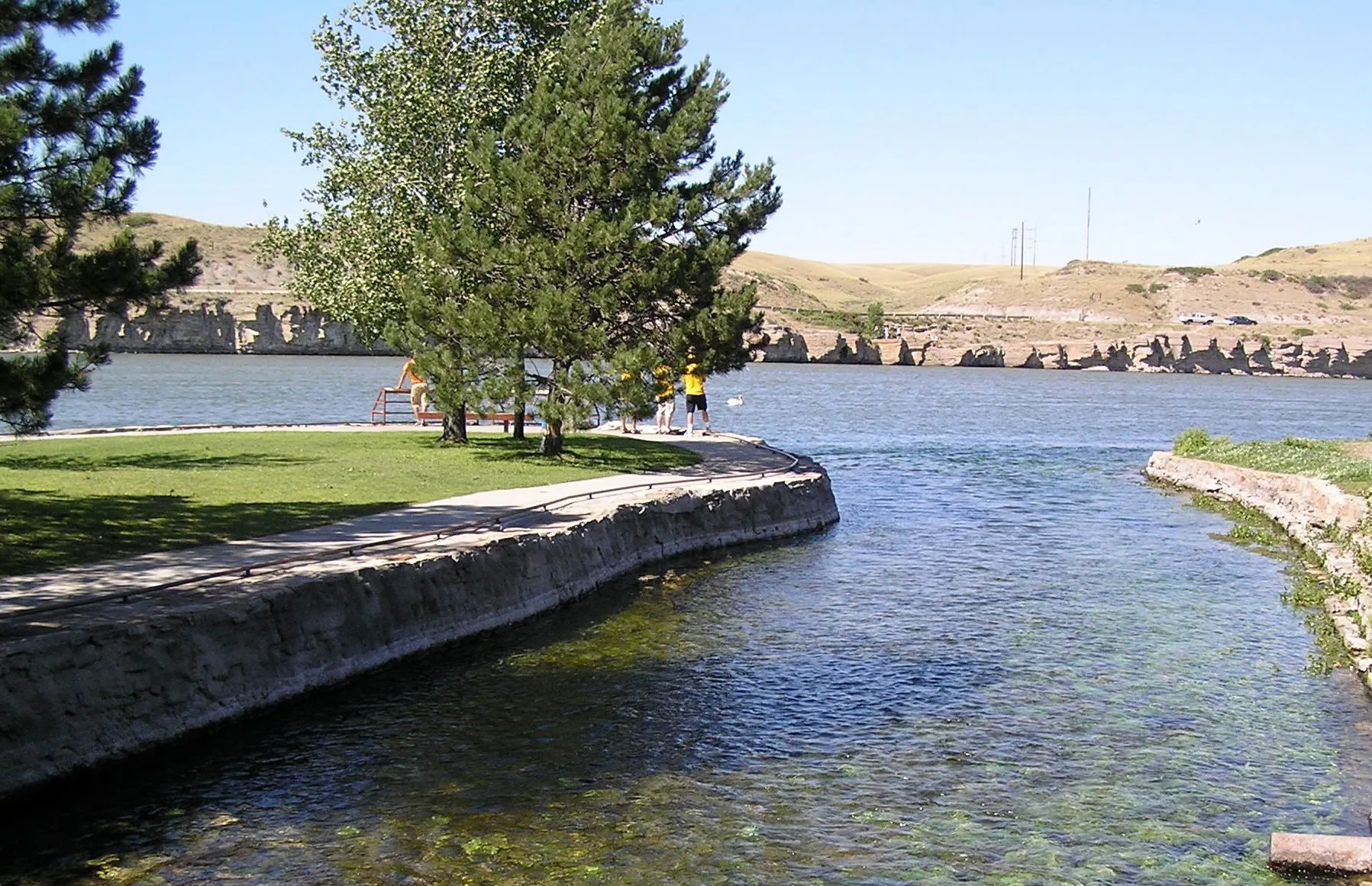Angel Falls, known locally as Kerepakupai Merú, is the tallest waterfall on Earth, plunging an astonishing 979 meters (3,212 feet) from the Auyán-Tepui mountain in Venezuela’s Canaima National Park. Its uninterrupted drop of 807 meters (2,648 feet) also holds the record for the highest single drop of any waterfall globally. Named after aviator Jimmy Angel, who popularized the site in the 1930s, Angel Falls is a UNESCO World Heritage site and a symbol of Venezuela’s rich natural heritage.
Geographically, Angel Falls is situated in the Guiana Highlands, a region characterized by its unique table-top mountains called tepuis. These ancient geological formations contribute to the area’s distinct ecosystems and biodiversity. The falls originate from the Churún River, a tributary of the Caroní River, and are fed by rainfall and tropical moisture that accumulates on the tepui’s summit. The remote location and challenging terrain make access difficult, preserving the site’s pristine condition and ecological integrity.
Beyond its record-breaking height, Angel Falls plays a crucial role in the local climate and ecology. The mist generated by the falling water supports a variety of plant and animal life, creating a unique microhabitat. For geographers and environmental scientists, Angel Falls offers insights into erosion processes, hydrology, and the impact of elevation on weather patterns. Its grandeur and scientific value make it a subject of ongoing study and a testament to the Earth’s natural wonders.

